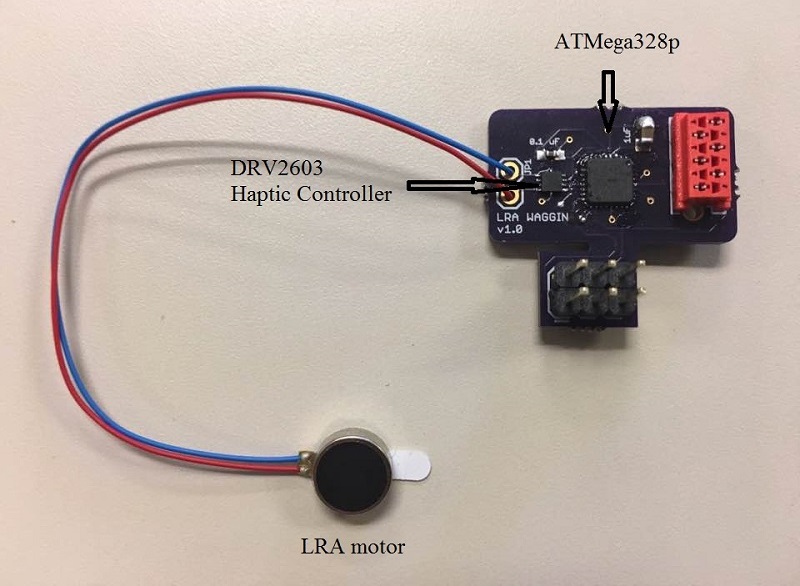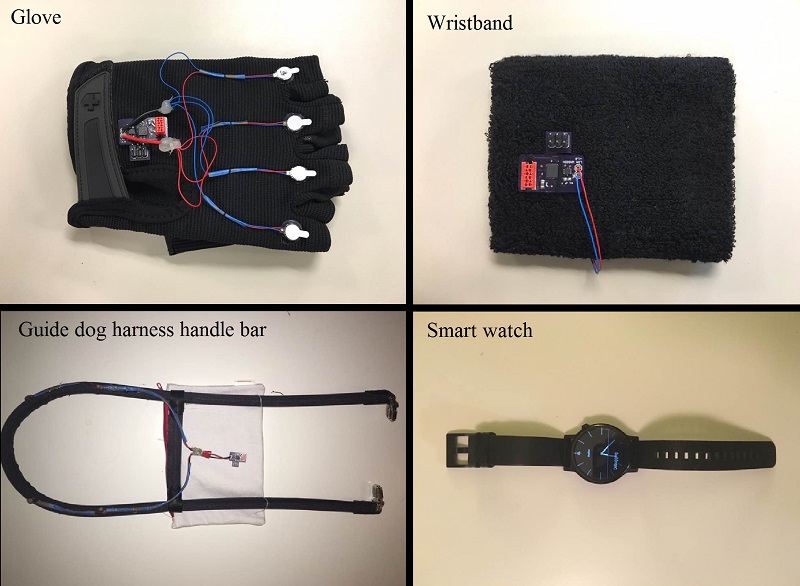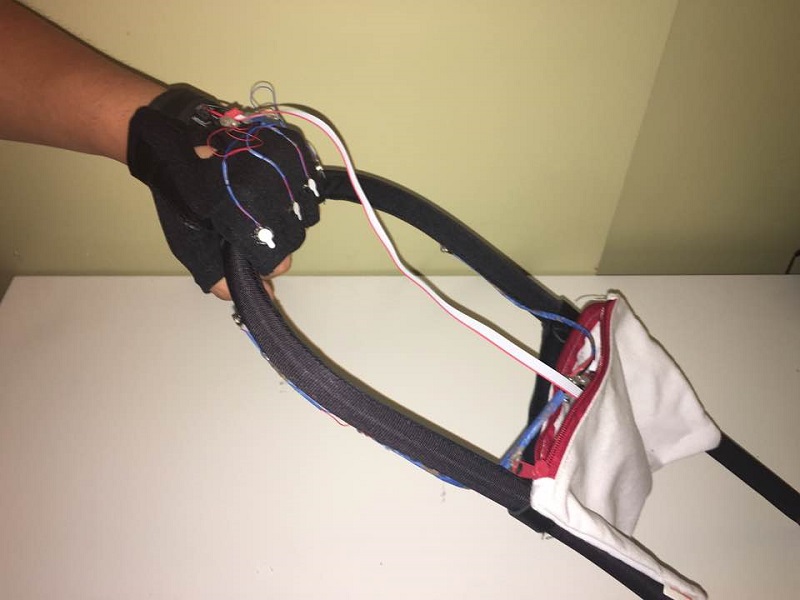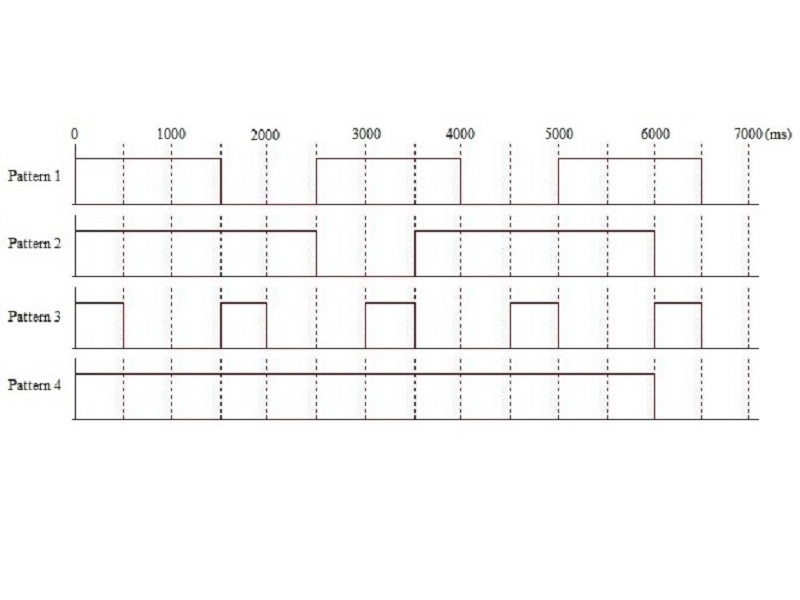GuideDog Harness
Keywords
Haptics, Arduino, Assistive Technology, User study, Guidedog
Overview
Guide dogs have the important responsibility of connecting their visually-impaired users to their immediate surroundings. However, it is often difficult for guide dogs to accurately communicate information to their human partners. This experiment aimed to enhance the platform for communication between guide dogs and handlers by investigating the best vibration feedback methods for handlers to receive information from their guide dogs.
We created four different prototypes to test a human's ability to distinguish between four randomly selected vibration patterns. A total of 12 users participated in this pilot study, each receiving 8 minutes of training for familiarization with the prototypes.
Images

1. Custom vibration board with a LRA motor

2. The four prototypes (glove, wristband, guide dog harness handle bar, and smart watch)

3. Guide dog harness handle bar, glove, and wristband prototypes connected to Arduino

4. Testing position with the glove prototype

5. Bluetooth connections between smart watch, smart device, and Arduino Uno

6. Four vibration patterns
Involvement
- Determined the most realiable design for visually impaired users to receive information in the form of vibration feedback (Haptics) from their guide dogs.
- Built a customized vibration sensor by designing a circuit board, soldering components, and programming its micro-chip.
- Developed three prototypes using the custom-made vibration sensor boards and a smart-watch application.
- Invited to present the study at the California State University, Northridge (CSUN) conference in March 2017.